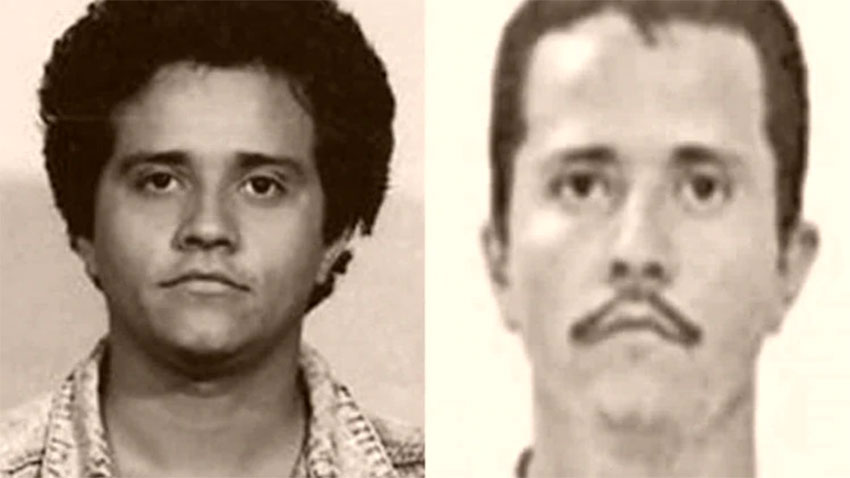Billboards announcing a US $10-million reward for information leading to the arrest of Jalisco New Generation Cartel (CJNG) leader Nemesio “El Mencho” Oseguera appeared in Los Angeles, California, on Tuesday.
Located above several L.A. highways, the billboards ask the public to submit information about Oseguera – the No. 1 most wanted fugitive of the United States Drug Enforcement Administration (DEA) – via the Twitter handle @DEALosAngeles and the Department of Justice e-mail address [email protected].
The United States government doubled the reward on offer for information leading to the arrest of the CJNG leader from $5 million to $10 million in October 2018. He is wanted in the U.S. on a range of federal charges including criminal conspiracy and drug manufacture and distribution.
Authorities announced in February that El Mencho’s son, Rúben Oseguera – El Menchito – had been extradited to the United States to face trafficking and weapons charges, while his daughter, Jessica Johana Oseguera González, was arrested in Washington, D.C., late last month after she arrived at a federal court to attend a bond hearing for her brother.
The Washington Post reported that she was apparently unaware of a February 13 indictment that charges her with five counts of violating a U.S. ban on transacting with designated drug trafficking entities and individuals.

Oseguera Cervantes’ wife, Rosalinda González Valencia, was arrested in May 2018 on charges of money laundering and organized crime. However, she was released from preventative custody on bail later the same year after a judge ruled that there was insufficient evidence to prosecute her.
El Mencho and other former members of the Milenio Cartel formed the CJNG in 2010 with the aim of seizing control of drug trafficking and other criminal activities in the states of Jalisco and Michoacán.
Ten years later, it is a transnational criminal organization (TCO) with contacts in Colombia, Peru, Bolivia, Central America and the United States. The cartel is believed to operate out of 24 Mexican states including Jalisco, Michoacán, Baja California, Veracruz, Chihuahua and Mexico City.
Announcing the $10-million reward for Oseguera’s capture in 2018, then-attorney general Jeff Sessions described the CJNG as “one of the five most dangerous criminal organizations on the face of the earth.”
In its 2019 National Drug Threat Assessment, the DEA said that the CJNG smuggles illicit drugs into the United States by accessing various trafficking corridors along the southwest border including Tijuana, Ciudad Juárez, and Nuevo Laredo.
“CJNG’s rapid expansion of its drug trafficking activities is characterized by the willingness to engage in violent confrontations with Mexican government security forces and rival cartels. Like most major Mexican TCOs, CJNG is a poly-drug trafficking group, manufacturing and/or distributing large amounts of methamphetamine, cocaine, heroin, and fentanyl. CJNG reportedly has presence in at least 24 of 32 Mexican states,” the report said.

The DEA agent in charge of capturing Oseguera said in August last year that the drug lord was hiding out in remote areas controlled by the CJNG.
“He hides in the mountainous areas of Jalisco, Michoacán and Colima. We think he’s not in the cities anymore,” Kyle Mori told the broadcaster Univision.
Two months later, the newspaper El Universal reported that El Mencho had advised social leaders, mayors and municipal security officials in Michoacán of his intention to move back to Naranjo de Chila, his hometown in the Tierra Caliente municipality of Aguililla.
The kingpin wants to retire, be arrested or die in his native land, unnamed sources told El Universal, adding that he intends to guarantee his security with “human walls.”
A report published Tuesday by the news website Infobae said that there are rumors that Oseguera is ill and that the future of his cartel is uncertain because two of his children are in prison in the United States and El Mencho hasn’t groomed a successor.
Source: El Universal (sp), Infobae (sp)
